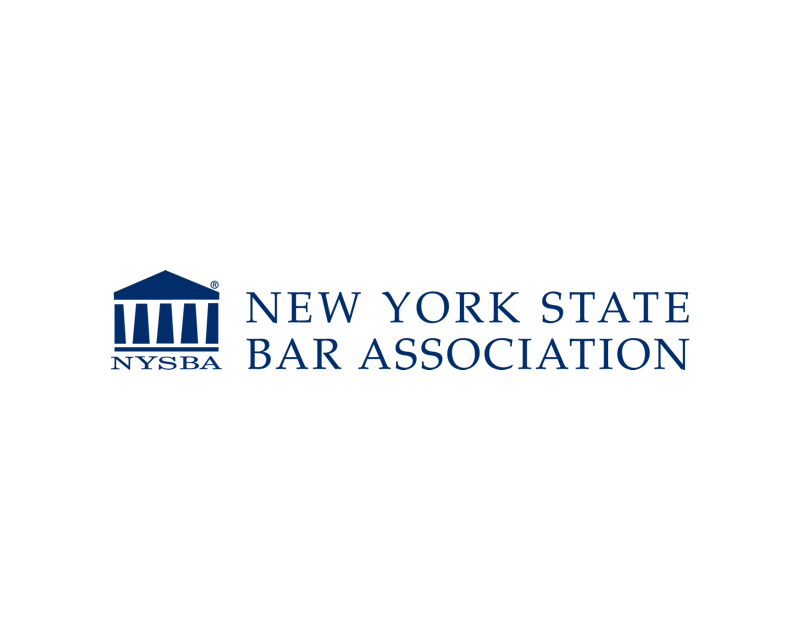In only a matter of seconds, contact between bare skin and a very hot, uninsulated heating pipe can cause second, or even third, degree burns. Injuries can be severe and treatment prolonged, sometimes requiring hospitalization. New York City apartment dwellers, especially those in public housing, need to be aware of the dangers posed by scalding hot pipes that are unprotected by insulation. In winter, when radiators and heating systems are working overtime, the hazard becomes that much greater.
Location is Crucial
Uninsulated heating pipes that are exposed to frequent, inadvertent contact with the body present the highest danger. In a bathroom, hot pipes situated very close to a toilet or bathtub increase the risk that residents will touch them, brush against them, or fall against them. In a bedroom, uninsulated horizontal or vertical steam pipes and uncovered radiators are often located near a child’s bed or an infant’s crib. In winter, when pipes and radiators are at their hottest, children and infants may suffer burns on contact. Landlords can reduce the chance of accidental burns by placing barriers such as wire mesh around the pipes or radiators. Landlords can also insulate those portions of the pipe which residents are most likely to brush against or fall against.
The Landlord’s Responsibility
In general, landlords have a duty to maintain the premises in a reasonably safe condition. A landlord who fails to take precautions to protect residents from hot pipes may argue that insulation would interfere with the maximum functioning of the heating system and therefore try to excuse his lack of action. Or, the landlord may claim that, by law, the fluid or steam within the pipe is not hot enough to require insulation. In a lawsuit, attorneys may employ experts to measure the temperature of the steam or fluid within the pipe to see if it is unreasonably high and whether insulation would interfere with the functional utility of the system.
If You Live in Public Housing
The New York City Housing Authority (NYCHA) is responsible for maintaining numerous apartment buildings and housing units throughout the five boroughs. In recent years, NYCHA’s track record for repairing substandard and unsafe housing conditions has been quite poor. Between 2010 and 2011, the number of tenants suing the NYCHA for failure to make needed repairs rose by 40 percent and has doubled in the past decade. In one case, a tenant whose son was seriously injured twice by contact with hot, uninsulated pipe waited more than two years for NYCHA to fix the problem, even after making several complaints and filing a lawsuit. With its aging housing stock and huge backlog of repairs, NYCHA continues to attract a steady stream of tenant complaints and lawsuits charging substandard and hazardous housing conditions.
Why You Need a Knowledgeable Lawyer
If you or a loved one is injured by a hot, uninsulated steam or water pipe, it is vital that you consult an attorney experienced in these matters. These cases can be quite complicated and it is not always easy to prove that the landlord acted negligently. An investigation by your lawyer will determine whether the pipes were in a particularly dangerous location and whether the steam or fluid temperature within them was unreasonably high. Furthermore, both NYCHA and privately-operated apartment buildings in the five boroughs were constructed in different years, decades and centuries. The date that a building was constructed will most likely determine which laws and regulations apply and whether the landlord has a legal duty to install heating pipe insulation in a particular building.
The Orlow Firm is Ready to Assist You
The New York premise liability attorneys at the Orlow firm are experienced in lawsuits involving uninsulated heating pipes, especially in NYCHA buildings and apartments. The initial consultation is free. For your convenience, we maintain four offices throughout New York City. Call 866-959-7202 or contact us online.
Cindy Cordova is a seasoned legal writer with over seven years of experience crafting clear, informative, and professional content for law firm websites. With a B.A. in English from Trinity Christian College, she combines her strong writing background with a deep understanding of legal topics to help firms connect with their clients through trustworthy and accessible content.










